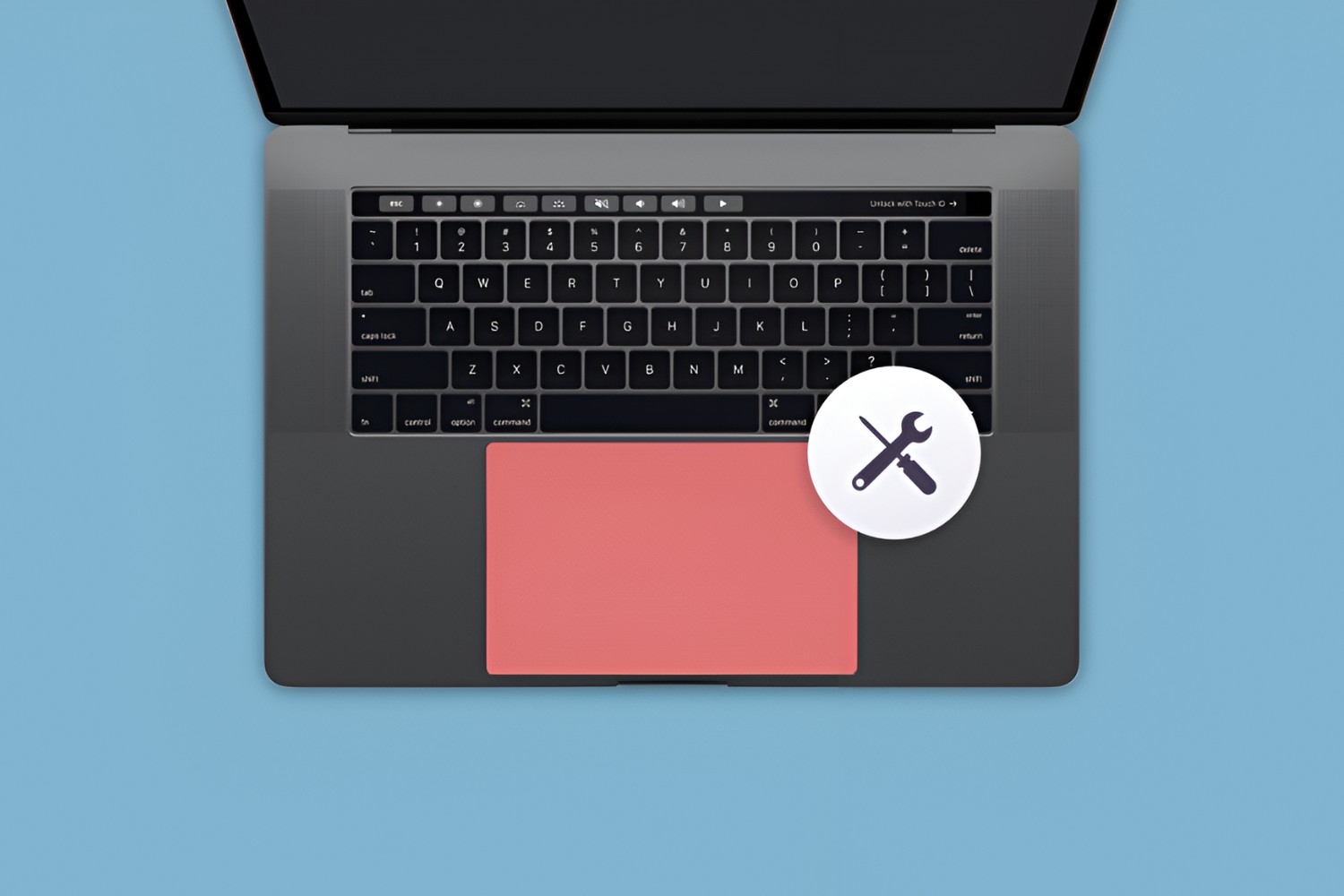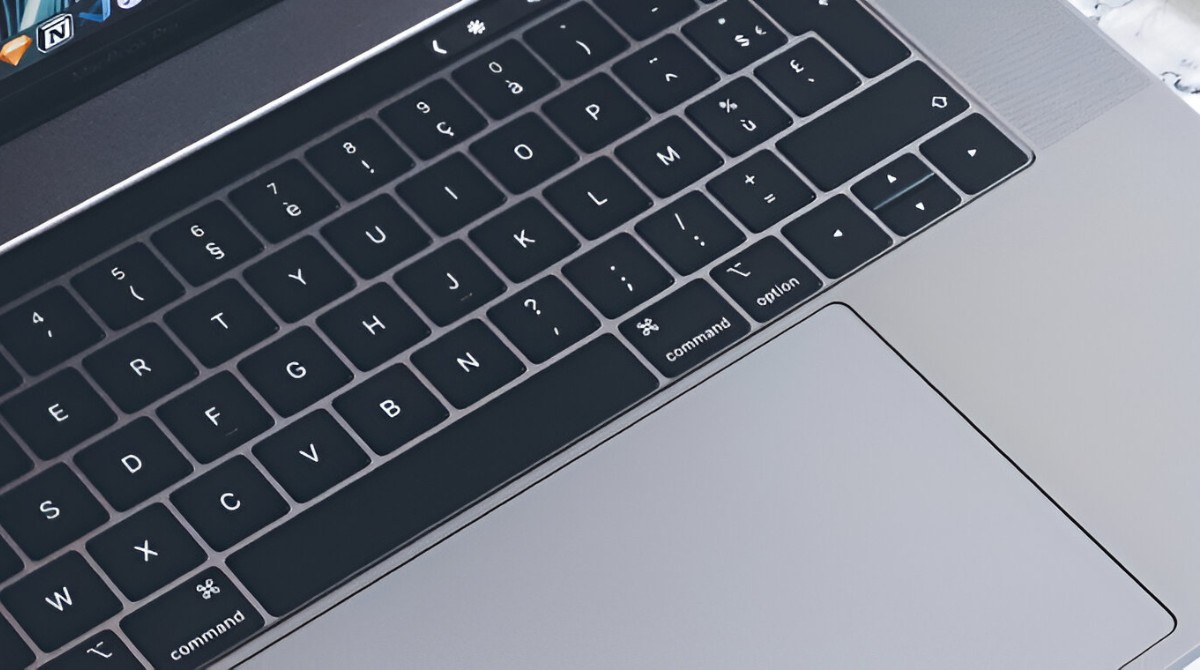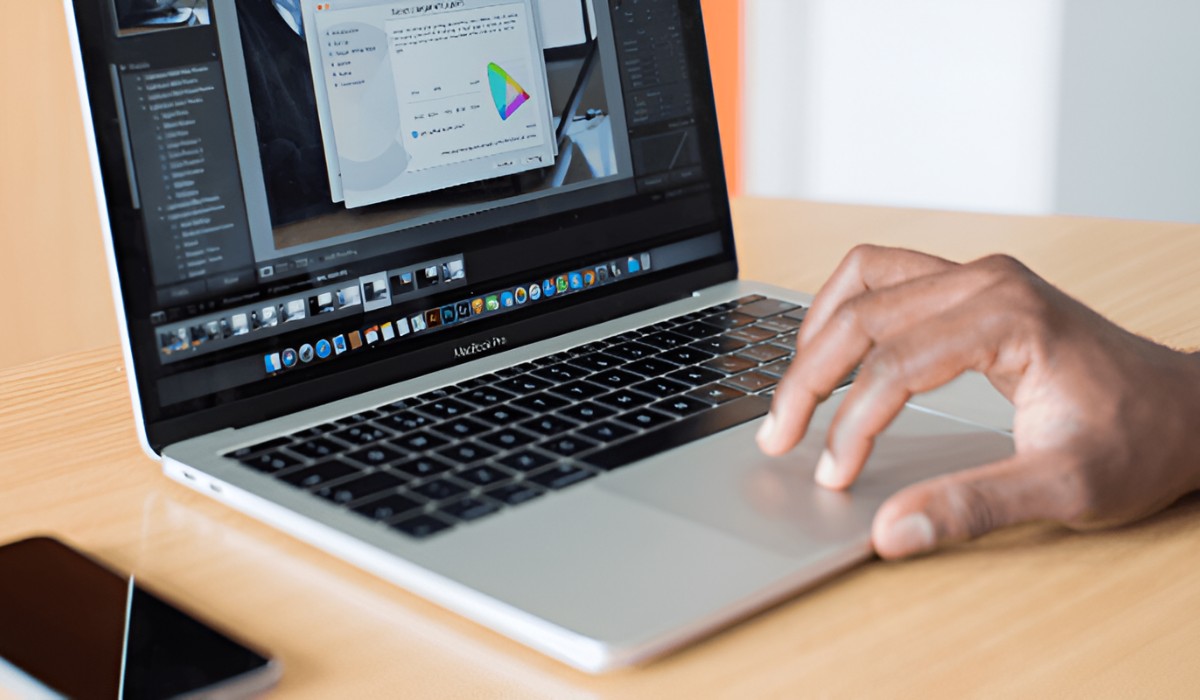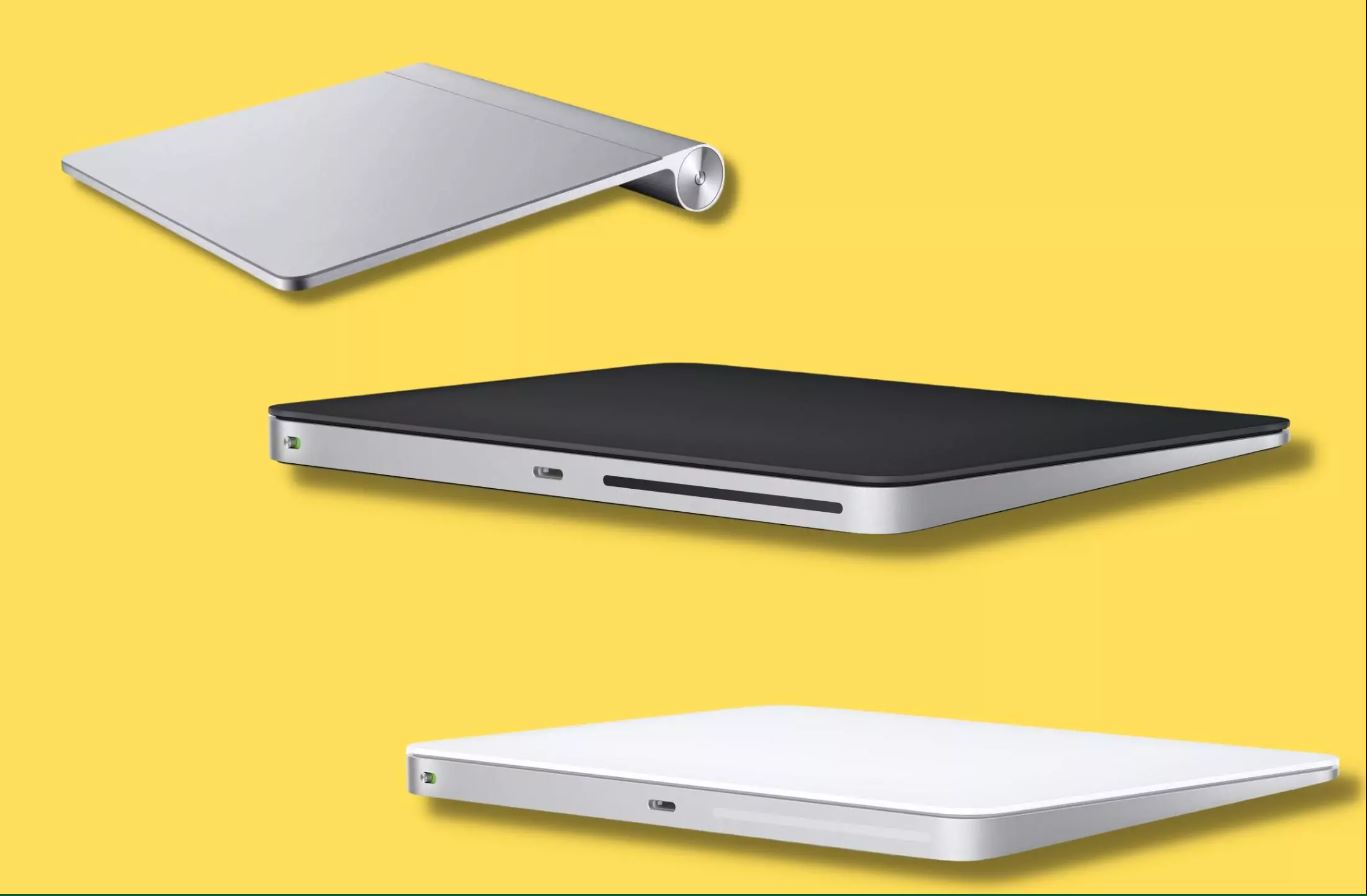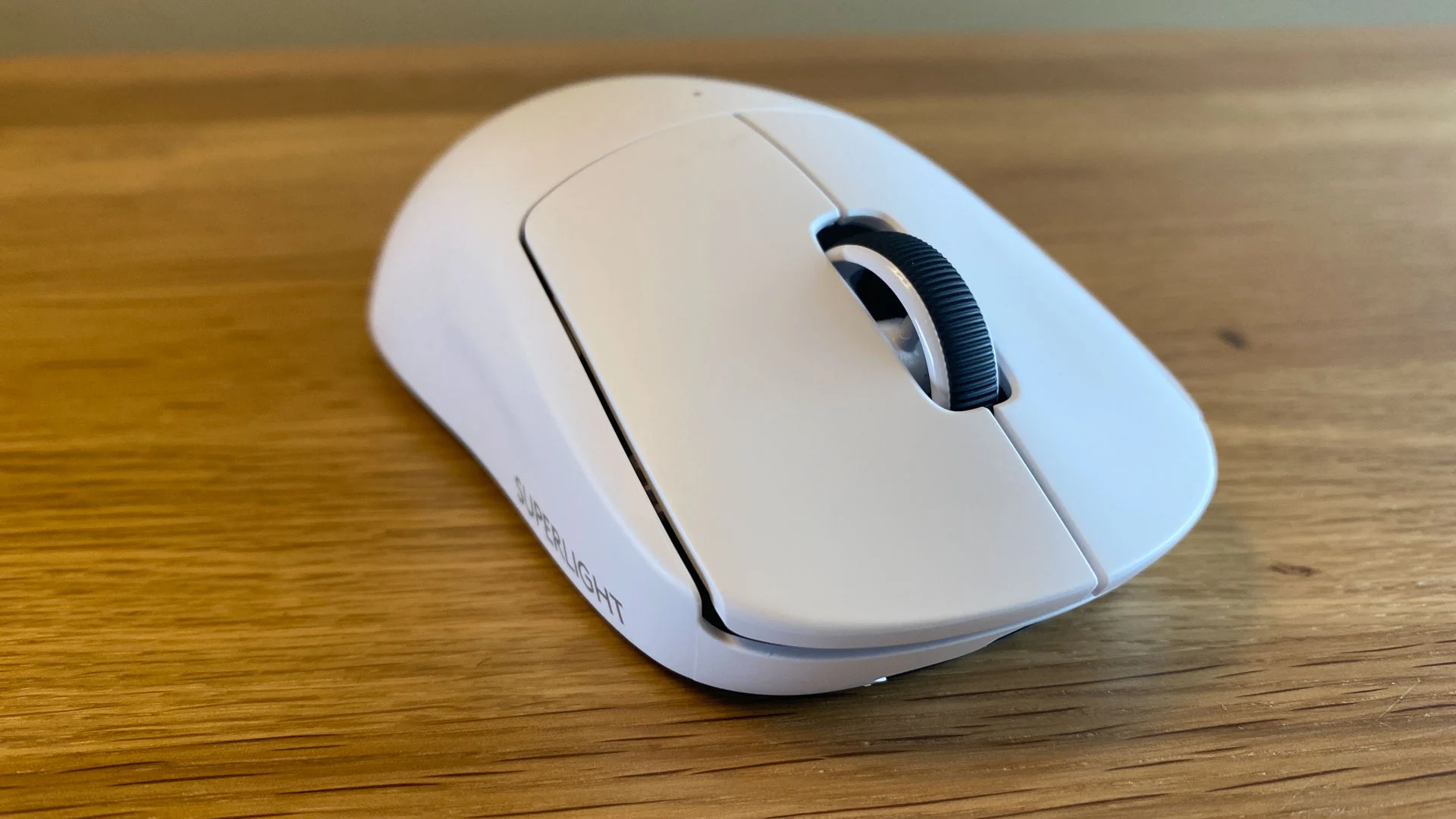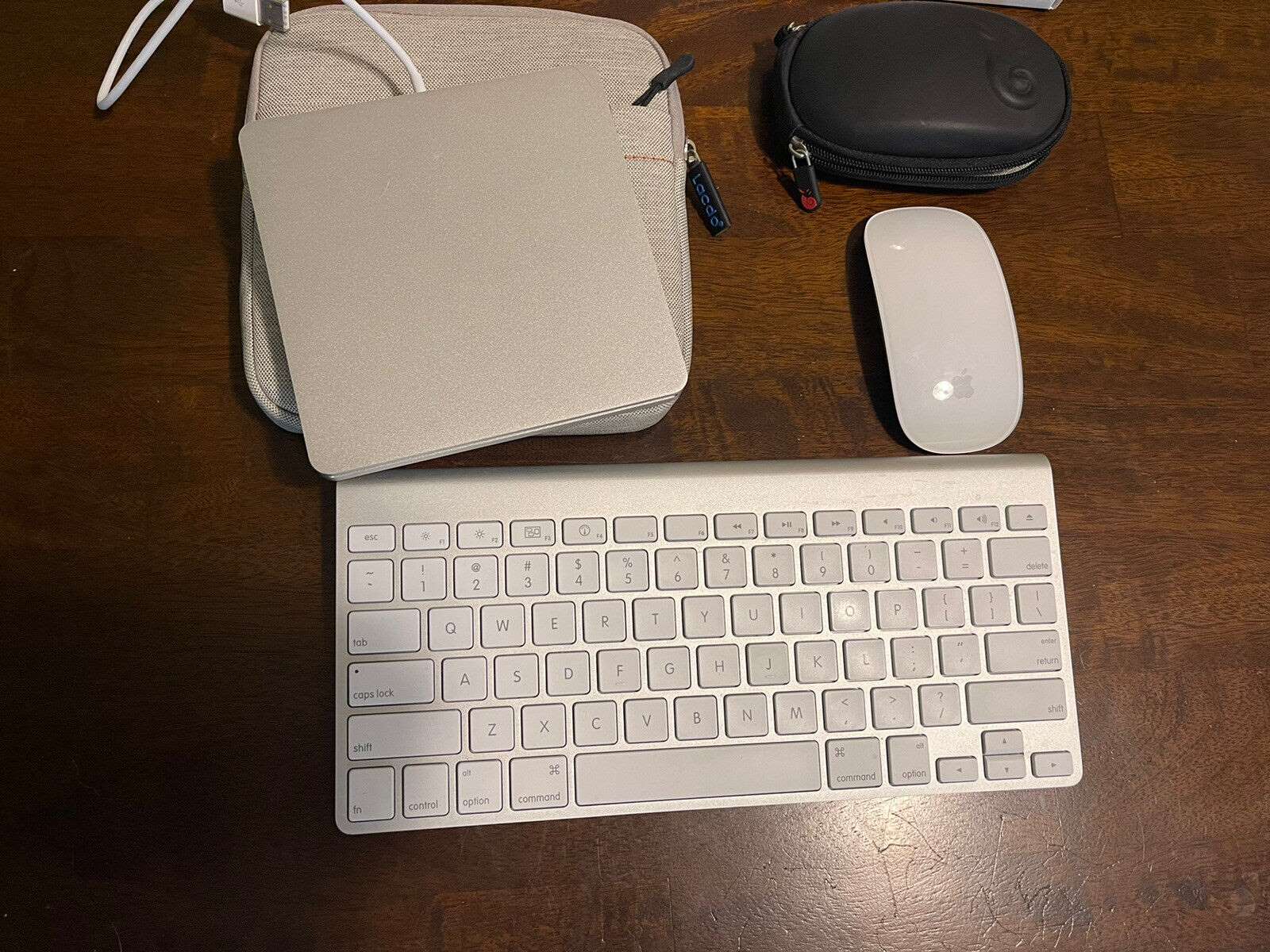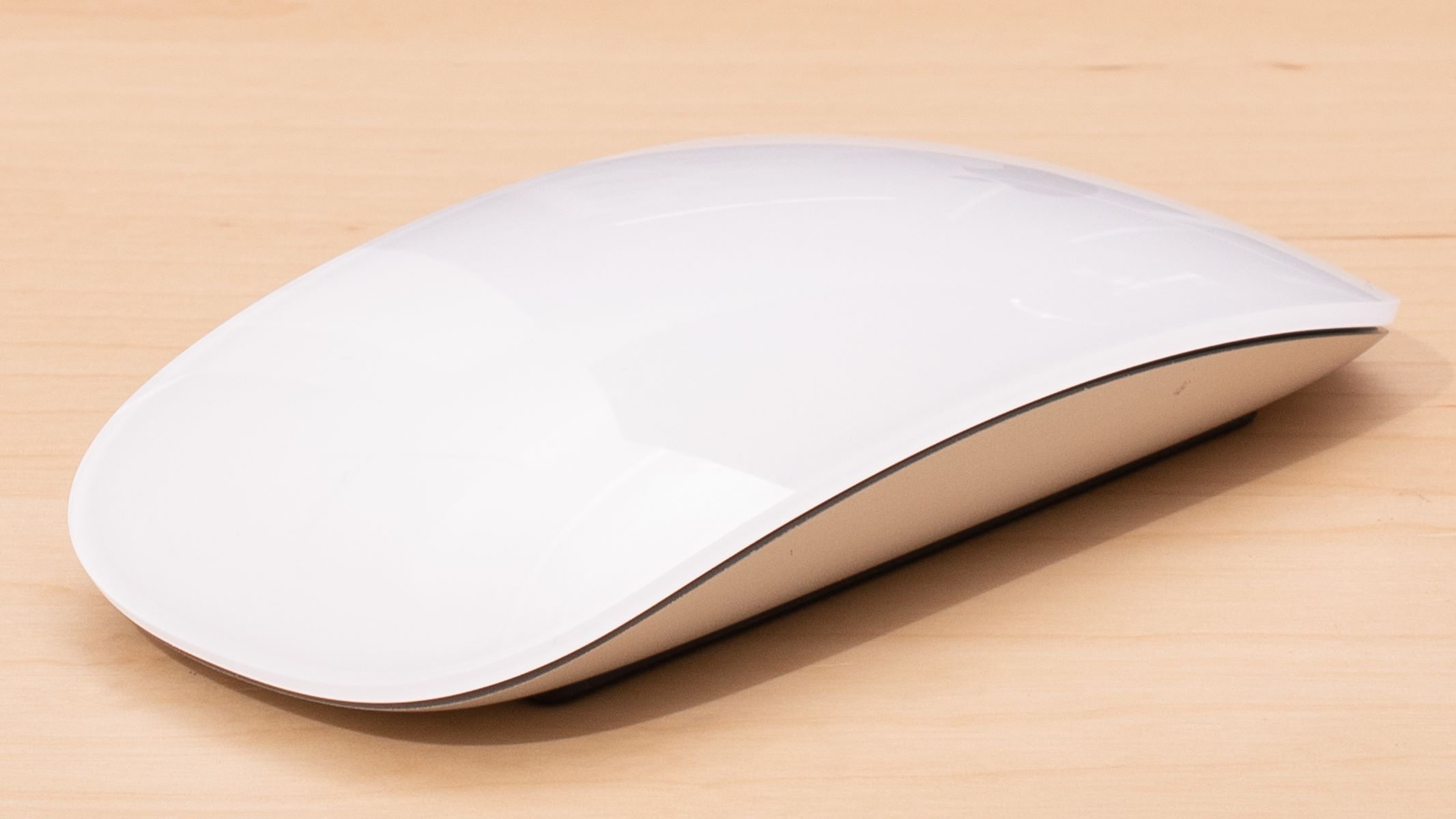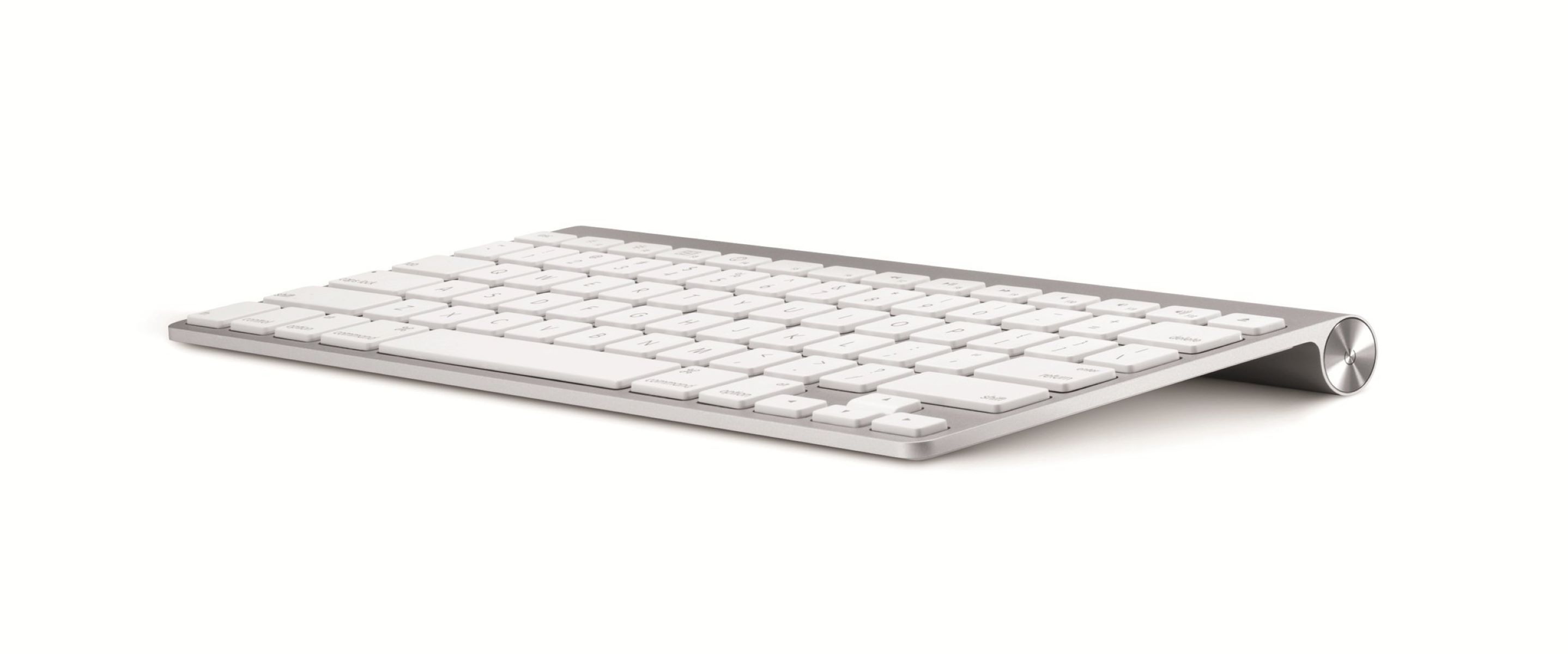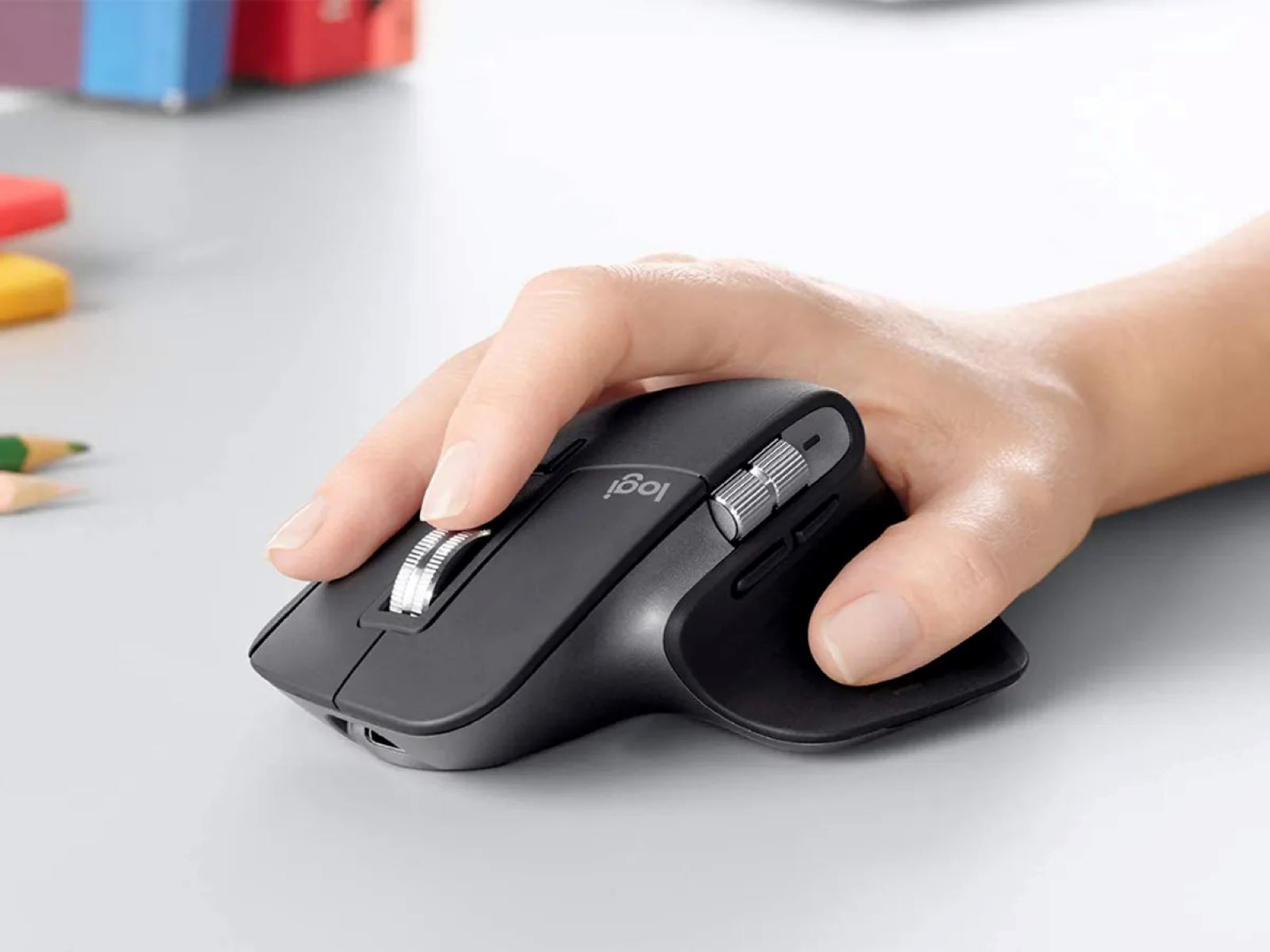Introduction
Caring for Your MacBook Pro Mouse Pad
The MacBook Pro's trackpad is a marvel of engineering, offering a sleek and intuitive interface for navigating your digital world. However, like any piece of hardware, it can encounter issues that disrupt your workflow and diminish the overall user experience. Whether you're encountering unresponsive gestures, erratic cursor movements, or other trackpad-related issues, there are several practical solutions to consider before seeking professional assistance.
In this guide, we will explore various troubleshooting methods to address common MacBook Pro trackpad issues. From simple cleaning techniques to software-based solutions, we will walk you through the steps to restore your trackpad's functionality and precision. By following these recommendations, you can potentially resolve trackpad issues without the need for extensive repairs or replacements, saving time and money while optimizing your MacBook Pro's performance.
So, if you've been grappling with a finicky trackpad on your MacBook Pro, fear not! With a bit of know-how and a handful of straightforward techniques, you can reclaim the smooth and responsive functionality of your trackpad, allowing you to navigate your digital realm with ease and precision. Let's dive into the solutions and get your MacBook Pro trackpad back on track!
Clean the Mouse Pad
Over time, the trackpad on your MacBook Pro can accumulate dirt, dust, and oils from your fingertips, leading to diminished responsiveness and erratic behavior. Cleaning the trackpad is a simple yet effective first step in troubleshooting common issues.
To begin, power off your MacBook Pro and dampen a lint-free microfiber cloth with water. Gently wipe the trackpad in a circular motion, being careful not to apply excessive pressure. This method can help remove surface-level grime and restore the trackpad’s sensitivity.
If the trackpad remains unresponsive or sticky, you can create a cleaning solution by mixing equal parts of distilled water and isopropyl alcohol. Dampen the cloth with this solution and repeat the gentle wiping motion, ensuring that no excess liquid seeps into the trackpad’s crevices.
For stubborn residue or buildup around the edges of the trackpad, consider using a soft-bristled brush to dislodge debris without causing damage. Once the cleaning process is complete, allow the trackpad to air dry for a few minutes before powering on your MacBook Pro.
Regularly incorporating this simple cleaning routine into your maintenance regimen can help prevent trackpad issues and maintain optimal performance. By keeping the trackpad free of debris and oils, you can ensure a smooth and precise user experience while prolonging the longevity of your MacBook Pro’s trackpad.
Reset the SMC
If your MacBook Pro’s trackpad continues to exhibit erratic behavior or unresponsiveness after cleaning, resetting the System Management Controller (SMC) may help address underlying hardware-related issues.
To initiate an SMC reset on a MacBook Pro with a non-removable battery, start by shutting down the laptop. Once it’s powered off, press and hold the Shift, Control, Option, and Power buttons simultaneously for approximately 10 seconds. After releasing the keys, press the Power button again to turn on the MacBook Pro.
For models with a removable battery, begin by shutting down the laptop and removing the battery. Press and hold the Power button for 5 seconds, then reinsert the battery and power on the MacBook Pro.
An SMC reset can help recalibrate the hardware components, including the trackpad, and address issues related to power management, thermal management, and other system functions. Following this procedure may resolve trackpad issues stemming from underlying hardware anomalies.
It’s important to note that resetting the SMC will not affect your data or settings, making it a safe and non-invasive troubleshooting step. If the trackpad issues persist after performing an SMC reset, further software-related solutions may be necessary to pinpoint and resolve the underlying cause.
Update macOS
Keeping your MacBook Pro’s operating system up to date is crucial for ensuring the stability and performance of its hardware components, including the trackpad. Outdated system software can contribute to compatibility issues and software-related glitches that may affect the trackpad’s functionality.
To check for available macOS updates, click on the Apple menu in the top-left corner of the screen, select “System Preferences,” and navigate to “Software Update.” Here, your MacBook Pro will scan for any available updates. If updates are found, follow the on-screen instructions to download and install them.
By installing the latest macOS updates, you can benefit from bug fixes, security patches, and performance enhancements that may directly impact the responsiveness and reliability of your trackpad. Additionally, software updates often include optimizations for input devices, potentially addressing trackpad-related issues that stem from software irregularities.
After updating macOS, it’s advisable to restart your MacBook Pro to ensure that the changes take effect. Once the system reboots, test the trackpad to determine whether the updates have positively impacted its behavior. If the issues persist, additional troubleshooting steps may be necessary to isolate and resolve the root cause.
Adjust the Trackpad Settings
Customizing the trackpad settings on your MacBook Pro can provide a tailored user experience and address specific usability concerns. By fine-tuning the trackpad’s behavior and responsiveness, you can optimize its performance to better suit your preferences and usage patterns.
To access the trackpad settings, click on the Apple menu, select “System Preferences,” and choose “Trackpad.” Here, you can adjust various parameters such as tracking speed, click pressure, and gesture functionality to align with your desired comfort and precision levels.
Experiment with the tracking speed slider to find a setting that suits your preferred cursor movement. If the trackpad feels too sensitive or unresponsive, making adjustments to this setting can significantly impact its usability. Additionally, modifying the click pressure sensitivity can tailor the trackpad’s response to your touch, accommodating individual preferences for click feedback.
Gesture customization is another valuable aspect of trackpad settings. You can enable or disable specific gestures, such as scrolling, pinch-to-zoom, and swipe gestures, based on your usage habits and personal comfort. Disabling unnecessary gestures can prevent accidental inputs and streamline your interaction with the trackpad.
Furthermore, exploring the “More Gestures” tab within the trackpad settings allows you to configure additional multi-finger gestures, providing shortcuts for navigating between applications, accessing the desktop, and executing other productivity-enhancing actions.
By fine-tuning the trackpad settings to align with your unique preferences and usage scenarios, you can potentially mitigate trackpad-related frustrations and enhance your overall productivity and comfort while using your MacBook Pro.







